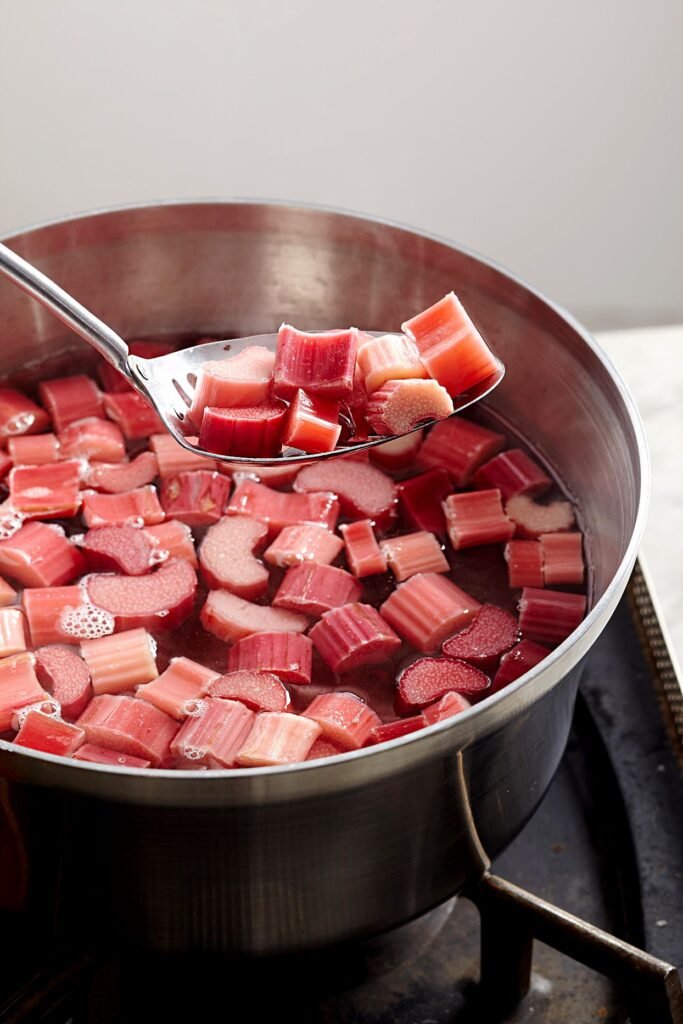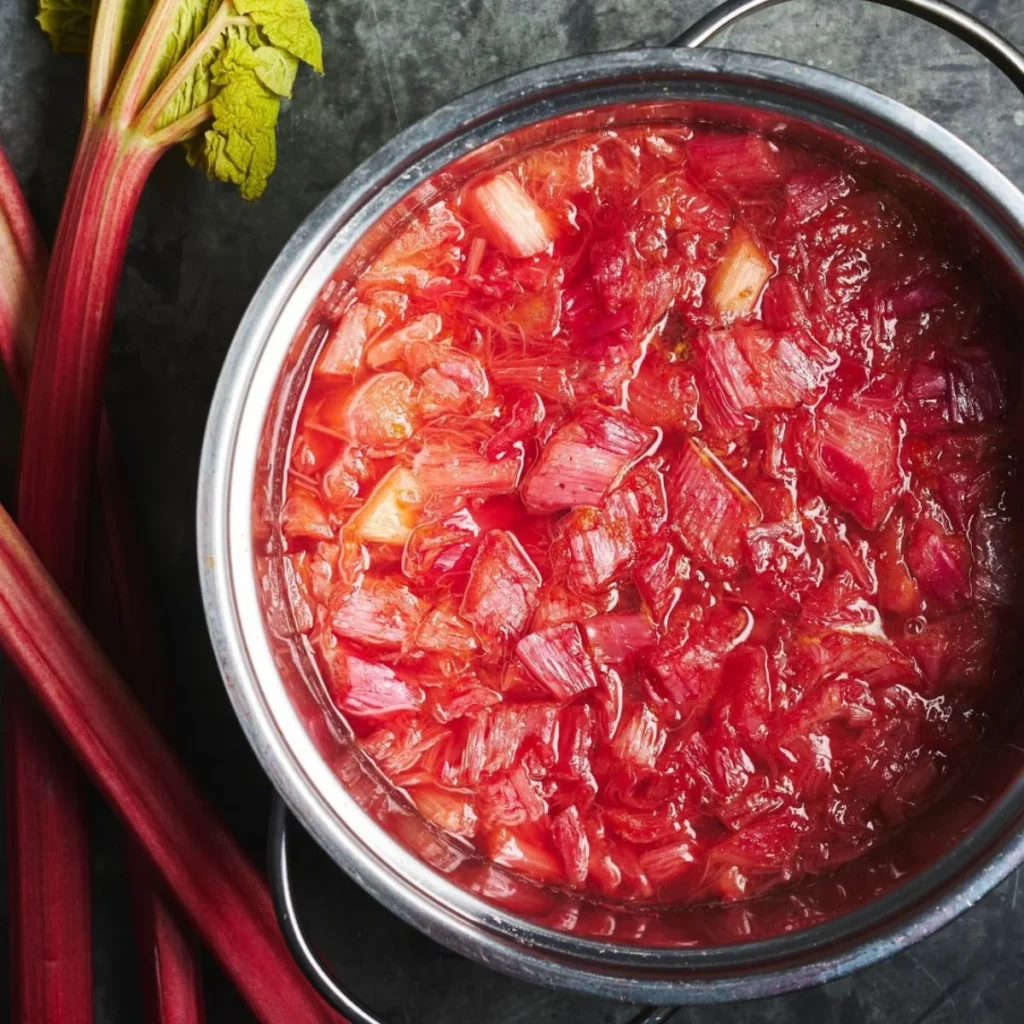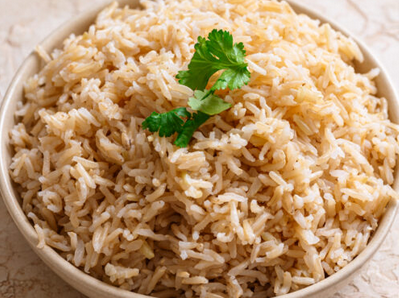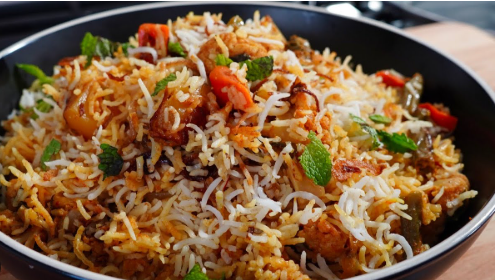The perennial enigma of culinary plants, rhubarb, emerges each season with its stalks of magenta and jade, demanding both precision and respect in the kitchen. In this complete guide on how to cook rhubarb, we analyze its preparation methodology through a scientific lens, focusing on thermal transformation, sugar interactions, and textural modulation.
1. Pre-Cooking Analysis: Understanding Rhubarb Anatomy
Before engaging in any culinary procedure, it is critical to dissect the anatomy of the rhubarb stalk. One extremity — often embedded in soil — retains fibrous remnants requiring removal. The distal end, typically sheared during harvesting, must also be excised to eliminate potential oxidation zones.
visit also:-Carne Asada Fries Recipe: A Flavorful Mexican-American Favorite
Rinse all stalks thoroughly to remove sediment and agricultural residue. Only the petiole (the stalk) is used; the leaf blade contains oxalic acid in concentrations hazardous to humans and must be discarded immediately.

2. Segmentation Strategy
For optimal baking consistency, rhubarb stalks should be segmented into uniform lengths of approximately 2 to 3 inches. Uniformity is essential to achieve synchronous thermal diffusion during roasting.
3. Sugar Compound Selection: Why Demerara Sugar Is Optimal
In the context of how to cook rhubarb, sugar selection is more than preference — it is chemistry. Demerara sugar, characterized by its large, amber granules and molasses content, is superior for the caramelization process. As the temperature elevates within the oven (200°C or 392°F), these sugar crystals undergo a Maillard-like reaction, browning to create an intensified flavor matrix that complements rhubarb’s natural acidity.
Alternate sugars (caster, brown, muscovado) can be tested, though none mirror demerara’s crystalline structure and moisture resistance.
4. Oven Environment: Temperature & Duration Optimization
The rhubarb must be placed in a thermally conductive baking tray and exposed to an ambient oven temperature of 200°C for 30 minutes. This duration ensures structural breakdown of plant fibers, transitioning rhubarb from fibrous to fork-tender. The process simultaneously activates the sugar’s caramelization pathway, leading to surface-level gloss and textural complexity.
Monitoring through oven glass is recommended to maintain visual tracking of shrinkage and bubbling caramelization.

5. Post-Oven Resting & Use Case Scenarios
Upon completion, rhubarb should rest briefly for internal temperature normalization. Post-caramelized rhubarb is optimally paired with high-fat carriers such as custard or double cream, which temper the residual acidity through lipid suspension.
It may also serve as a tart base, a compote precursor, or an adjunct to savory dishes where acidity is desired.
Thermal and Chemical Notes on How to Cook Rhubarb:
- Rhubarb contains anthraquinones, responsible for its pigmentation and potential laxative effect.
- Avoid cooking rhubarb in reactive metals (aluminum or copper), which may leach harmful compounds or alter taste.
- Caramelization of demerara sugar is exothermic and enhances complexity.
Conclusion
This exhaustive guide has distilled the scientific process of how to cook rhubarb. From anatomical segmentation to thermal conduction and sugar chemistry, this procedure is more than rustic — it is refined gastronomy. Executed correctly, rhubarb transforms from astringent fibrous stalk to dessert-grade delicacy with caramelized elegance.

